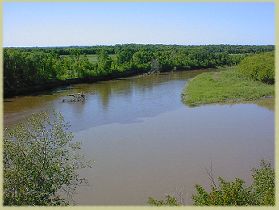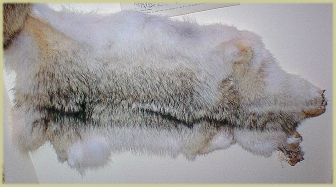 |
 |
|||||||||||
| The influence of Europeans swept over the Canadian plains in the early eighteenth century. Horses came to the plains from the south. The Spanish had introduced horses to North America over a century before, and through trading and raiding, Plains Natives finally obtained these important animals. Contact with European traders from the east occurred at approximately the same time that horses were becoming prevalent. Through trade the natives gained metal tools and weapons as well as guns. The mixture of guns, horses, and the European fur trade market had a dramatic effect on the Native way of life. |
||||||||||||
 |
||||||||||||
| The fur trade was the primary reason for the first European contact with natives in the area. Fur traders of various companies established forts in the Wawanesa area near the confluence of the Souris and Assiniboine Rivers. The major companies of course were the Hudson Bay and Northwest Companies. The natives of the area would bring furs to the posts and trade with the Europeans. Archaeological evidence attests that the nomadic natives began to set up provisional camps near the trading posts in order to deal with the fur traders. |
||||||||||||
 |
||||||||||||
|
|
||||||||||||
 |
||||||||||||
| The influx of Europeans, and the introduction of horses and guns, changed the economic structure of aboriginal society. It became more profitable for natives to hunt and kill large numbers of animals for trade with the Europeans. Patterns of migration changed to accommodate the traders, and some animals, particularly the bison, became scarce because of over hunting by the Europeans and the natives. | ||||||||||||
|
|
||||||||||||
|
|
||||||||||||